Vegetative Characters
Use the guides below to identify Vegetative Characters used to describe the vegetative parts of plants!
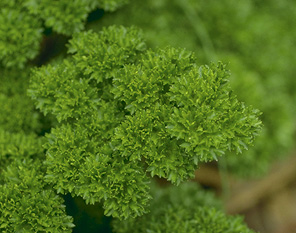
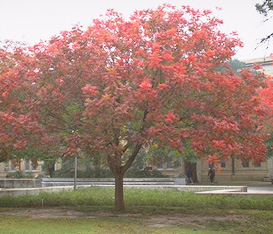
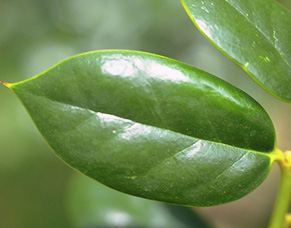

Growth Form
-no woody tissue
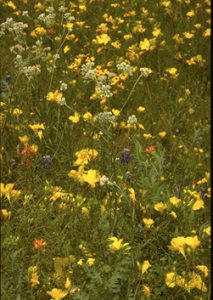
–woody, several stems from the base, less than about 25′ tall
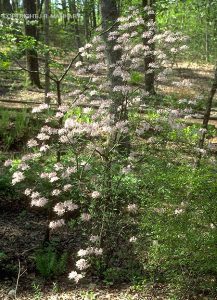
–woody, usually one main stem, usually more than 25 ‘ tall

–woody or herbaceous, stem climbing or twining

Simple & Compound Leaves
-the blade is all in one piece, though it may be lobed, toothed, etc.
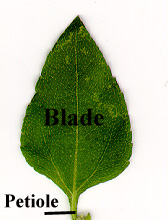
–the blade is divided all the way to the midrib (rachis) into two or more pieces.
–leaflets arranged along one undivided main axis.
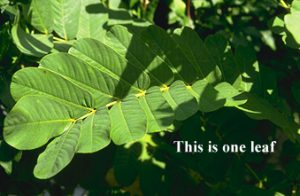
–the blade is divided all the way to the midrib (rachis) into two or more pieces.
–main axis (rachis) with two or more branches and the leaflets arranged along the branches. The branch divisions are primary leaflets and the ultimate divisions are secondary leaflets.
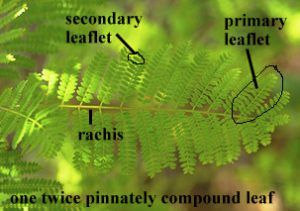
–the blade is divided all the way to the midrib (rachis) into two or more pieces.
–leaflets all arising from one point at the base of the leaf.
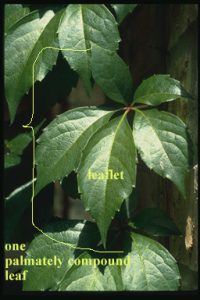
Leaf Arrangement
-leaves arranged one per node
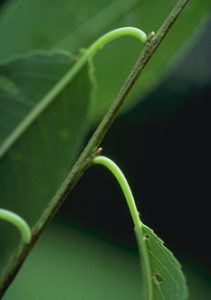
–leaves arranged two per node
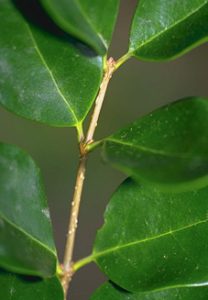
–leaves arranged two or more per node
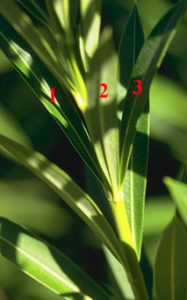
-leaves grouped in small, tight bundles, eg., pine needles bundled into clusters of 2 or 3
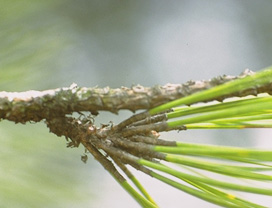
Leaf Shapes
-egg-shaped with the larger end at the bottom
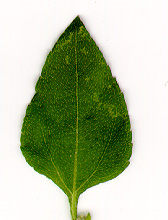
-shaped like an ellipse, tapered at both ends and with curved sides.
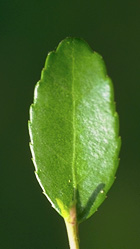
-tapered to both ends, but with the sides more or less parallel

-shaped like the tip of a lance, broadest at the base and tapered to a long point

-very long and thin, with the sides parallel

nearly circular in outline

-heart-shaped with the wide part at the bottom
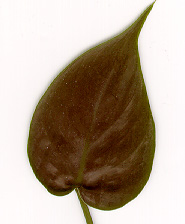
-with two basal lobes that point backwards (toward the petiole)
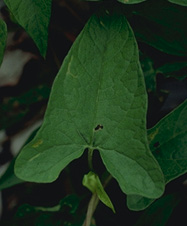
-circular in cross-section. (The example shown is from a succulent plant)
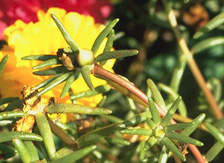
Venation
-with a main midvein and secondary veins arising from it at intervals
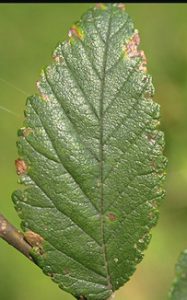
-with the main veins all arising from one point at the base of the leaf.
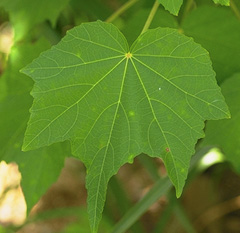
-with all the main veins parallel (usually also parallel to the sides of the leaf.)
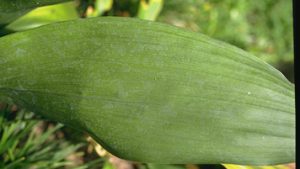
-with each vein branching in two again and again (e.g. Ginkgo)
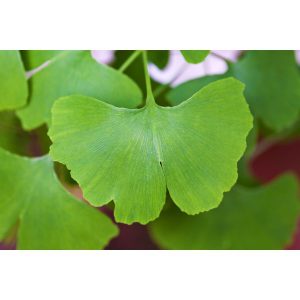
Lobing
-with the lobes arising along the length of the mid-line of the leaf.
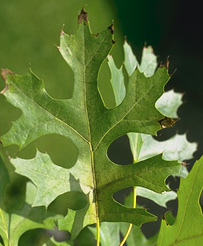
-with the lobes all arising from one point at the base of the leaf

Margins
-smooth, with no teeth or lobes

-with sharp, forward-pointing teeth

with low, rounded scallop-like teeth

-waving up and down
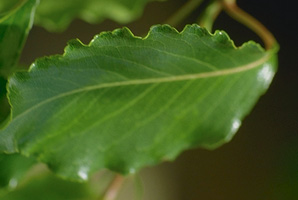
-with stiff points
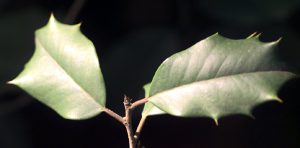
Parts of Leaf & Node
-the stalk of a leaf; a leaf without a petiole is sessile

–the flat, expanded portion of the leaf

—flat, often leaf-like flap below a leaf. Not all leaves have stipules. Stipules can be highly modified into tendrils, spines, scales, etc
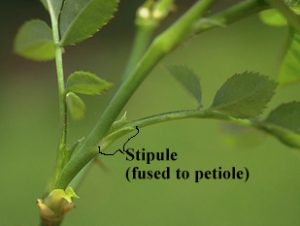
-the bud in the axil–the angle between the leaf and the stem.
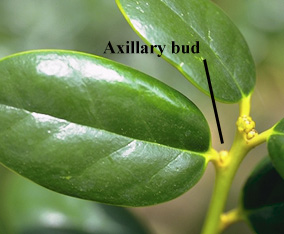
: Remember to look for stipules below the petiole and an axillary bud above the petiole.
Stem Anatomy
–A compressed, undeveloped shoot. Buds may be lateral or terminal.
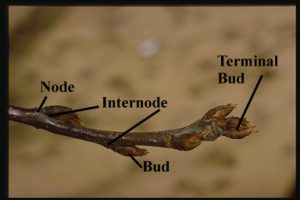
–point on the stem where leaf or bud is borne. The space between two nodes is an internode

–mark left on the stem where a leaf was attached
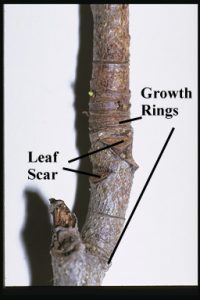
–the spongey tissue in the center of a stem or twig. Pith can be solid, chambered, or diaphragmmed
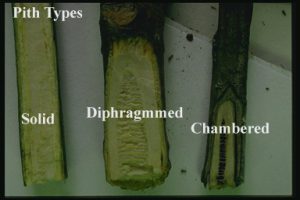
–a “breathing pore” in the skin or bark of a stem.
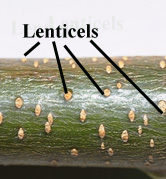
Stem Modifications
–underground stem enlarged for storage of food–has nodes (unlike tuberous root)
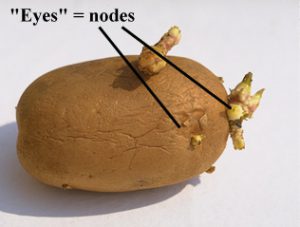
–underground stem, often has buds which sprout to form new shoots
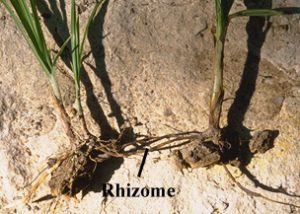
–aboveground stem, has buds which sprout to form new shoots
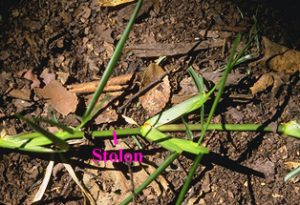
–underground stem with fleshy leaves which store food, e.g. onion
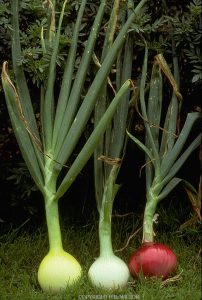
–solid, fleshy underground stem with papery leaves, e.g. Gladiolus, water chestnut
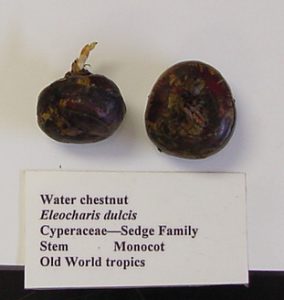
Roots
–main root enlarging and growing downward
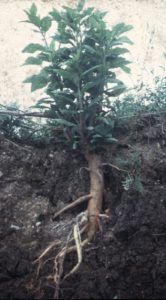
–thin, thread-like roots, usually without a primary root present
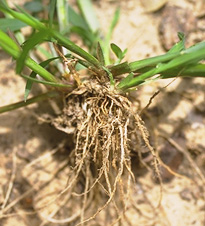
-adventitious root produced above ground, often for climbing
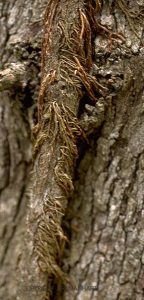
–root enlarged for storage of food reserves, eg.
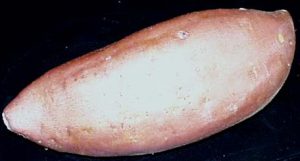
Armature
-modified stems; have stem-like vasculature (e.g. Honey Locust)
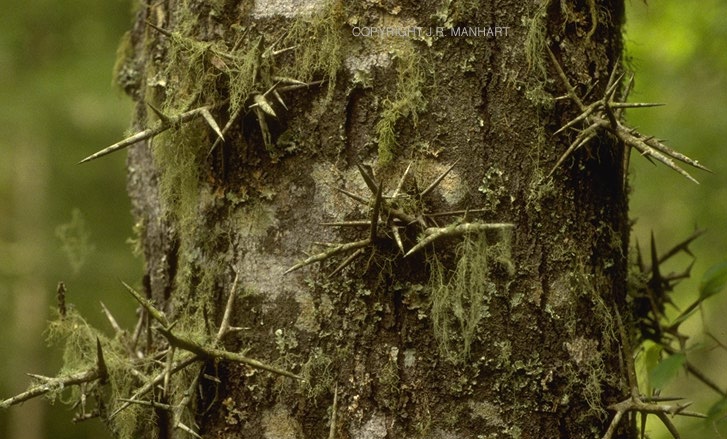
–modified leaves, stipules, or bud scales (e.g. Cactus)
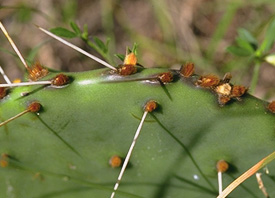
-outgrowths of the epidermis, can be easily snapped off (e.g. Dewberry or Rose)

Texture
–swollen and juicy. Eg., cactus stems
and leaves of some plants.
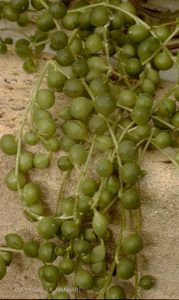
–stiff & leathery

-thin and leaf-like (may be applied to many differnt sorts of parts, such as sepals, etc.)
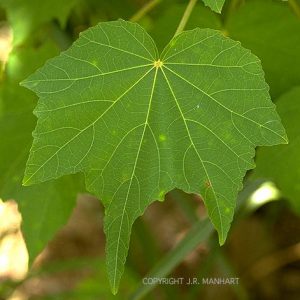
-thin and flexible, like a membrane. (In this photo, the bracts below the flowers)
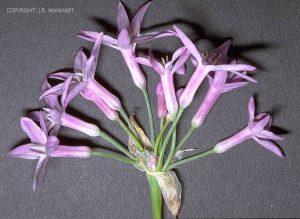
Climbing Plants
-the stem wraps around an object for support (e.g. Morning Glory)

–modified shoots, petioles, leaves or stipules coil around the support (e.g. Vetch)
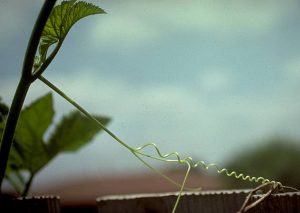
-small roots, often with sucker-like tips (e.g. Virginia Creeper or Poison Ivy)

Duration
-plant which lives for one year or season, reproduces, and then dies
-plant which lives for two years or seasons, reproduces, and then dies
-plant which lives for several to many years or seasons. Perennials may be woody, with stems that persist aboveground over the winter, or they may be herbaceous, with stems that die back to the ground each year.
-having leaves which persist for two or more seasons. Broadleaf evergreens usually have thick, leathery leaves.

-having leaves which die and fall in the cold or the dry season.
